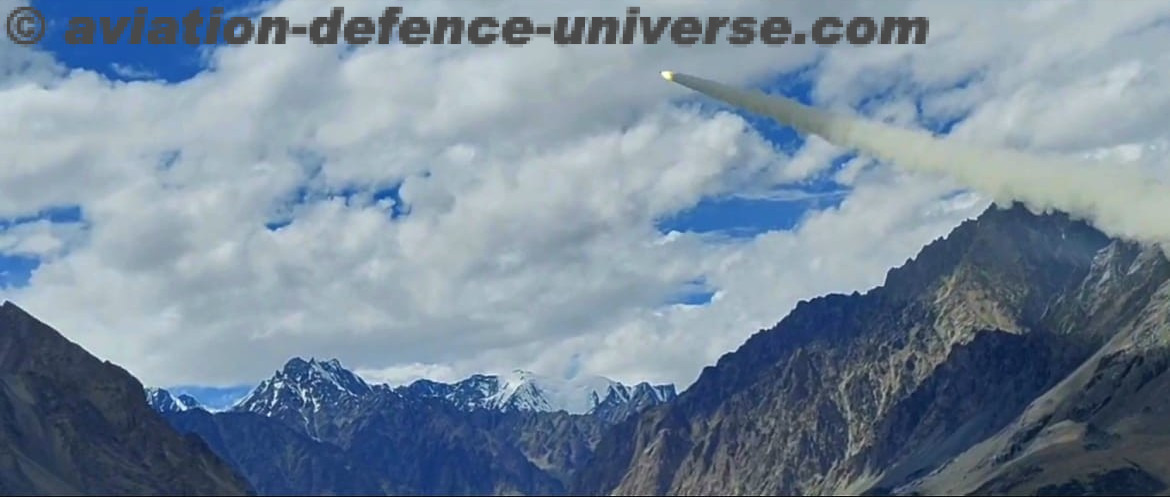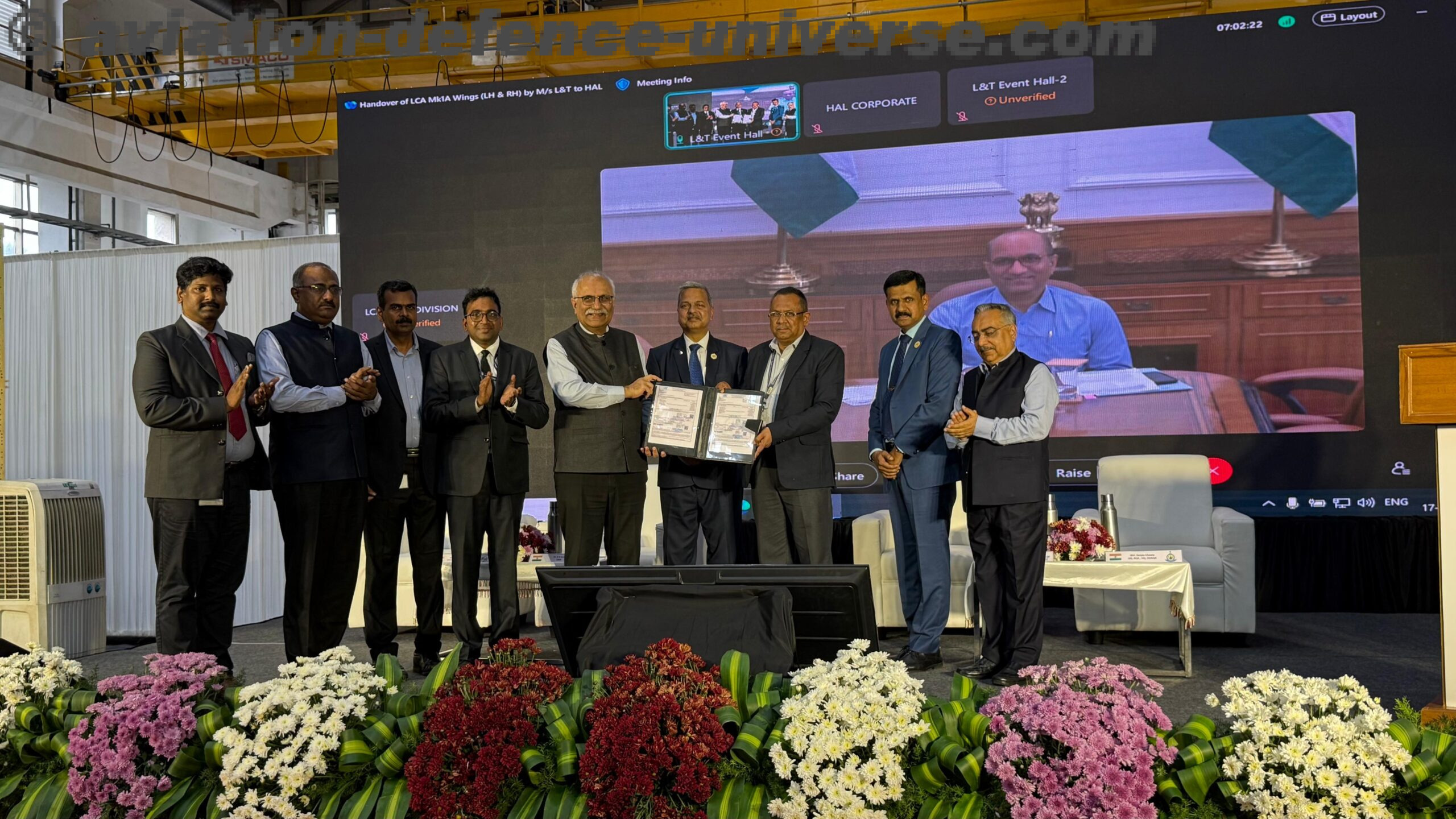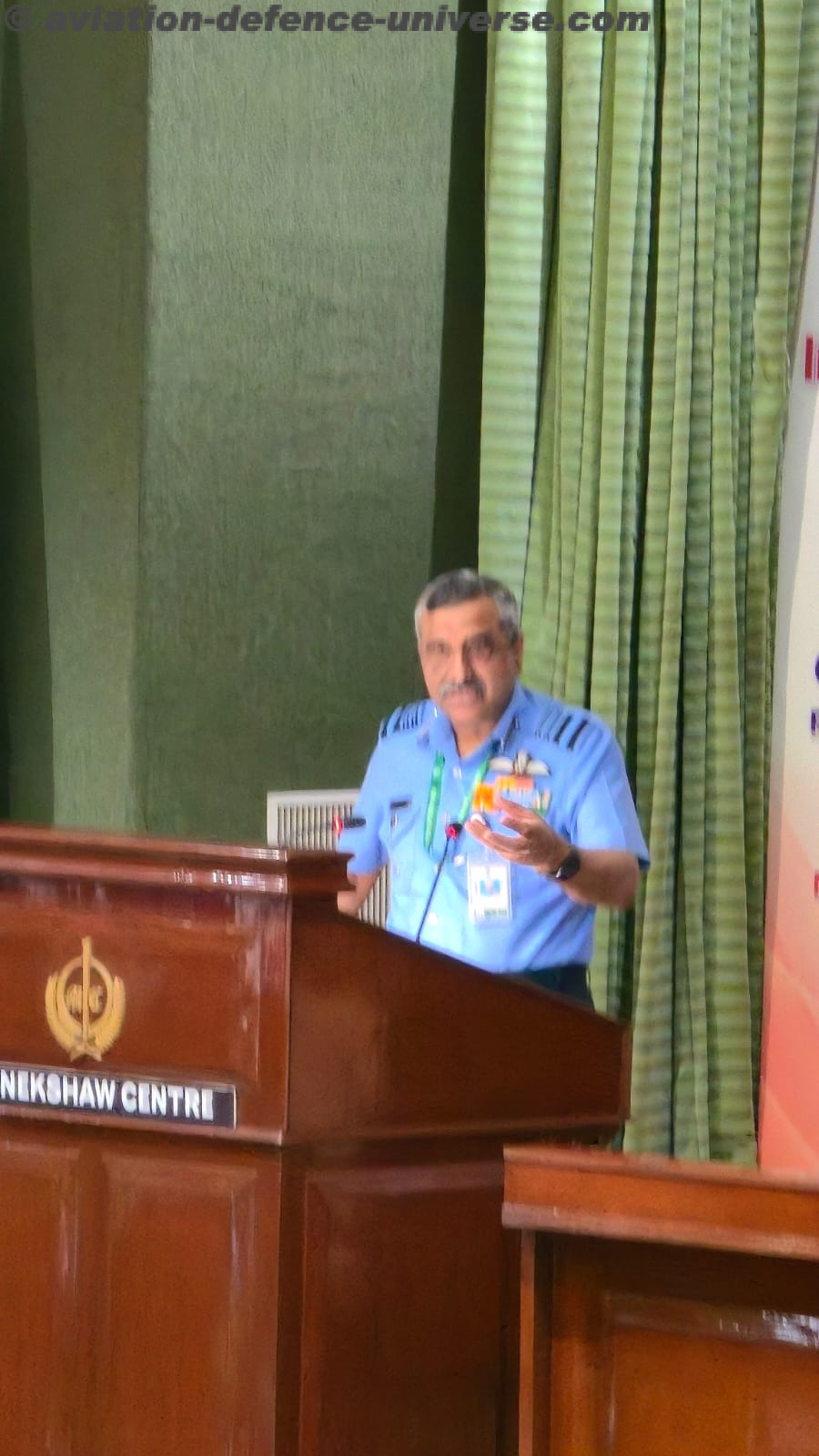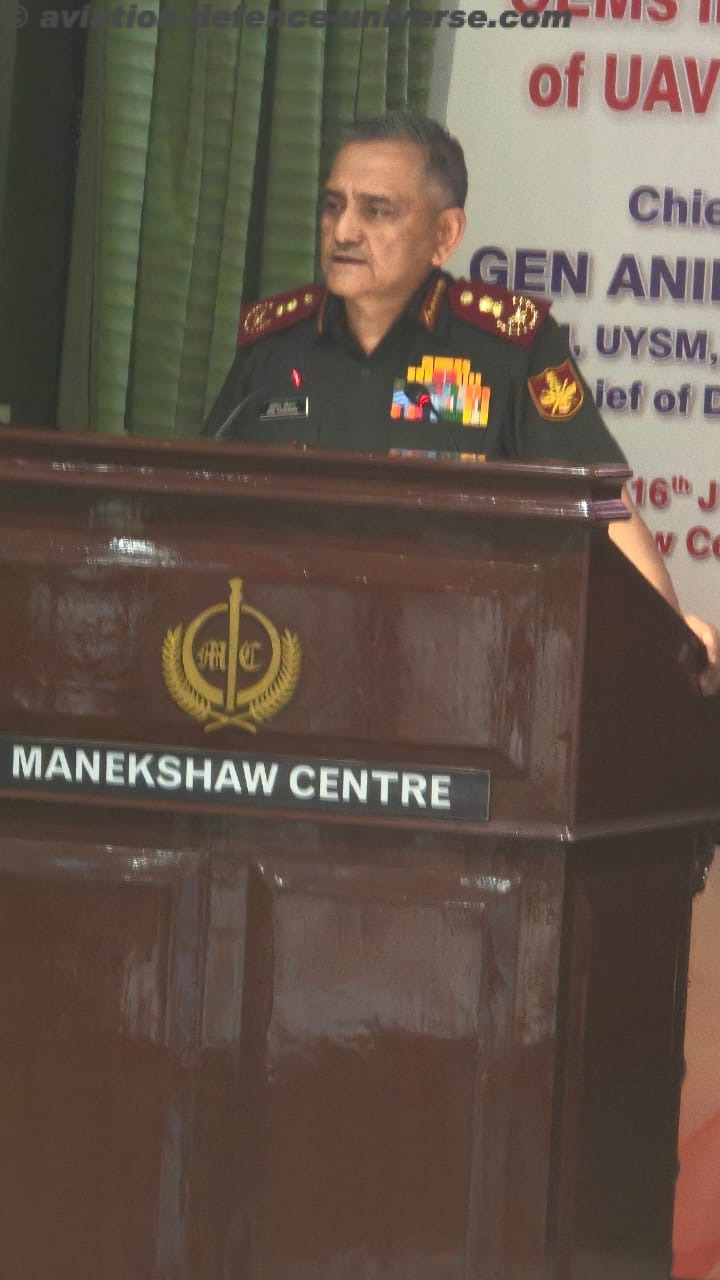Prague. Vision of the Armed Forces for 2022, evaluation of this year and thanks to the outgoing Minister of Defence. This was the opening of the traditional Command Assembly of the Chief of the General Staff of the Czech Armed Forces, General Aleš Opata.
In 2018, the General Staff of the Czech Armed Forces launched a massive development of the armed forces and General Opata set five clear priorities. These are immediate impact projects, modernisation, new capabilities, personnel and a command & control system that has proven itself in the fight against covid. In a very short period of time, the foundations of the Cybernetic and Information Warfare Forces, the Support Battalion, the Unmanned Systems Battalion and the Airborne Regiment were built almost from scratch.
The acquisition of self-propelled guns Caesar, SHORAD anti-aircraft system, helicopters, MADR radars, RBS 70 NG, Pandur II vehicles, additional CASA transport aircrafts, small arms, fire control system, Titus armoured vehicles, Toyota Hilux all-terrain vehicles and other equipment was completed.
The MoD is now awaiting completion of the Tracked Infantry Fighting Vehicle project. “There is no way this project can be stopped or stalled. It is a matter of national security and cannot bear any delay,” General Opata stressed.
“The rearmament of the army must not only not be stopped but accelerated. We are tackling the IFVs but other vital projects like Supersonic Air Force or new tanks are around the corner. Not to mention investments in digitisation, information systems and their protection. Modernisation is inevitable, and the world around us shows us that every day.”
According to General Opata, our future lies in technology, artificial intelligence, unmanned vehicles, laser-guided munitions and robotics. If we underestimate or misjudge these trends, our military will be old, even if it drives new cars. The lines are blurring between peace and conflict, between politics and warfare, between the strategic and the tactical, the kinetic and the non-kinetic.
The new NATO documents Warfighting Capstone Concept and Deterrence and Defence of Euro-Atlantic Area, which describe the threats and priorities for the construction of defence capabilities, are crucial for the Army. For decades, the Alliance has focused on low-intensity operations and short crises. Now the change is coming, now it will think and plan for the long term. Thus, the military must think in a parallel, multi-domain context. The battlespace will be multidimensional because it must link traditional domains with virtual ones.
If the Czech Republic does not want to be a stowaway in European security, it has no choice but to strengthen its readiness, have the ability to react and contribute to the military and technological superiority of the Alliance.
According to General Opata, it is necessary to remember the five NATO imperatives for the development of warfare:
- Cognitive Superiority
- Layered Resilience
- Influence and Power Projection
- Integrated Multi-domain Defence
- Cross Domain Command























































































































